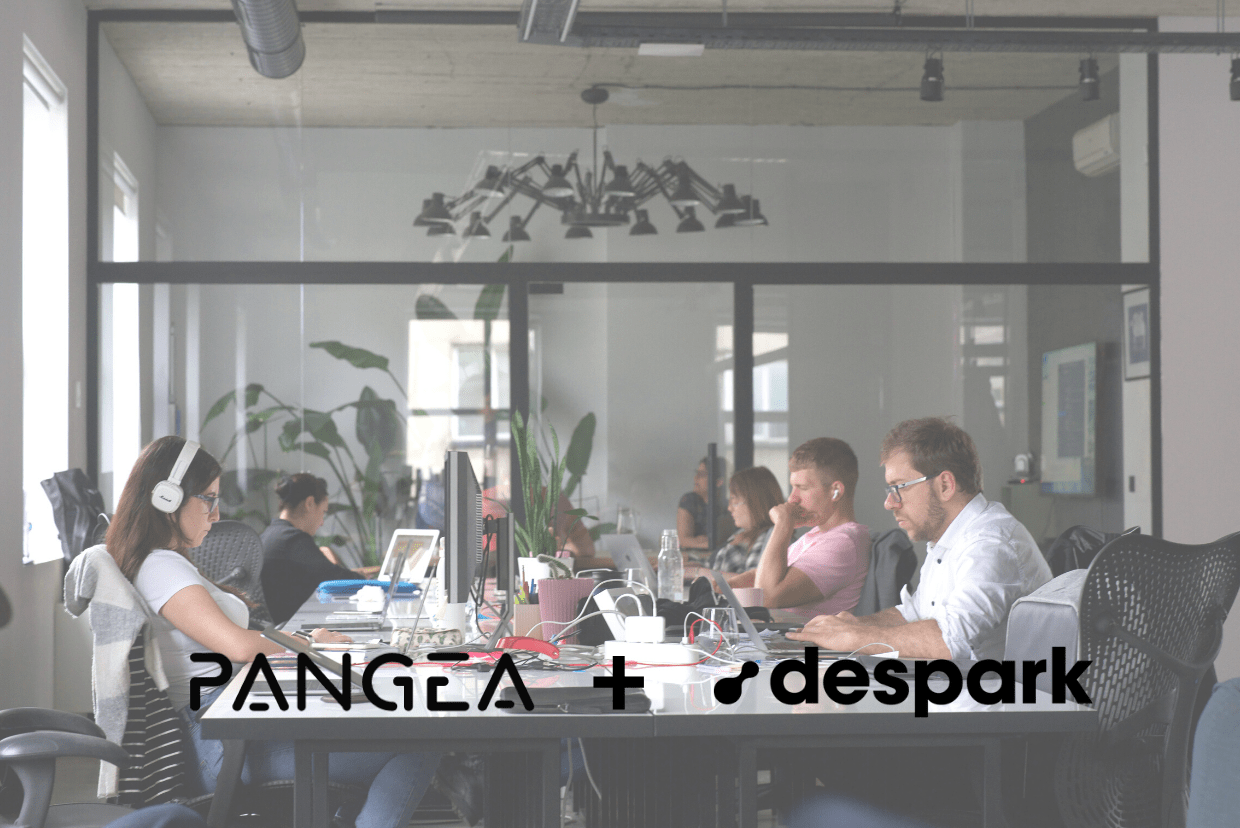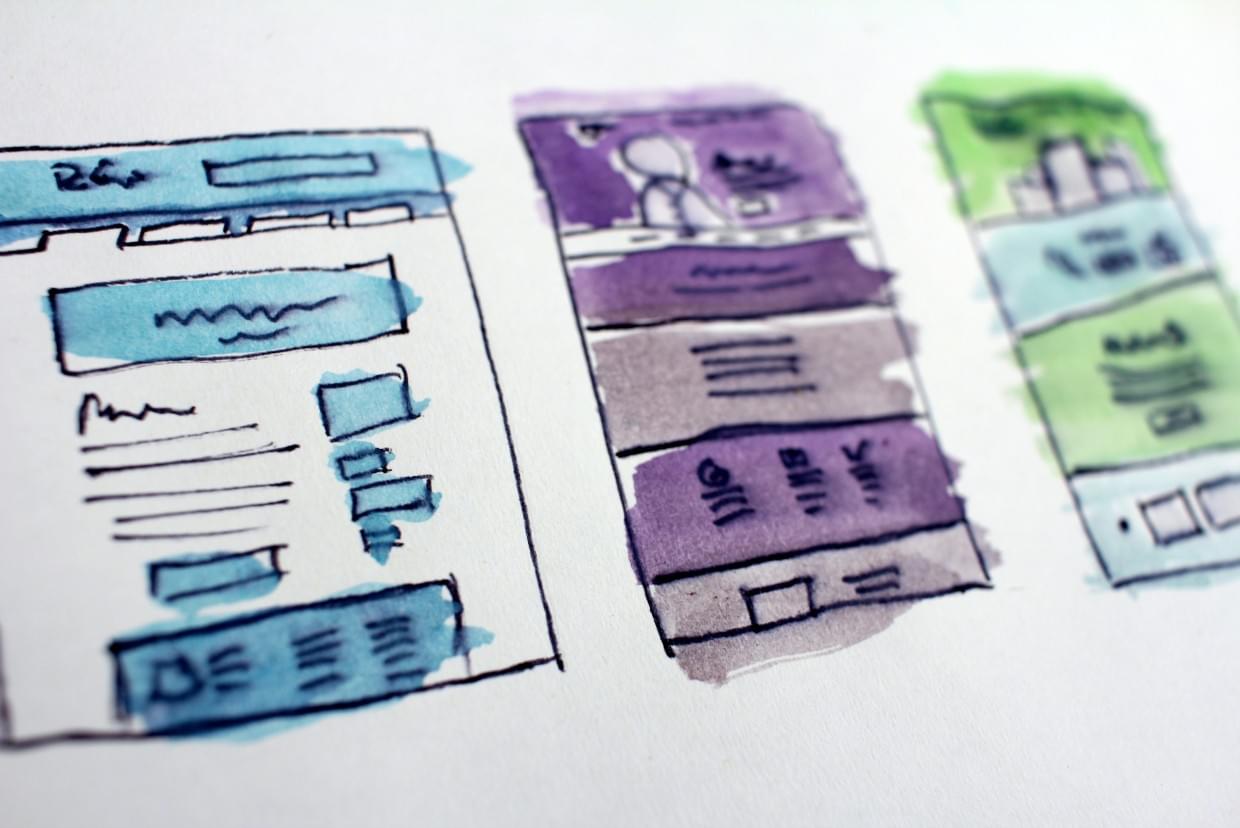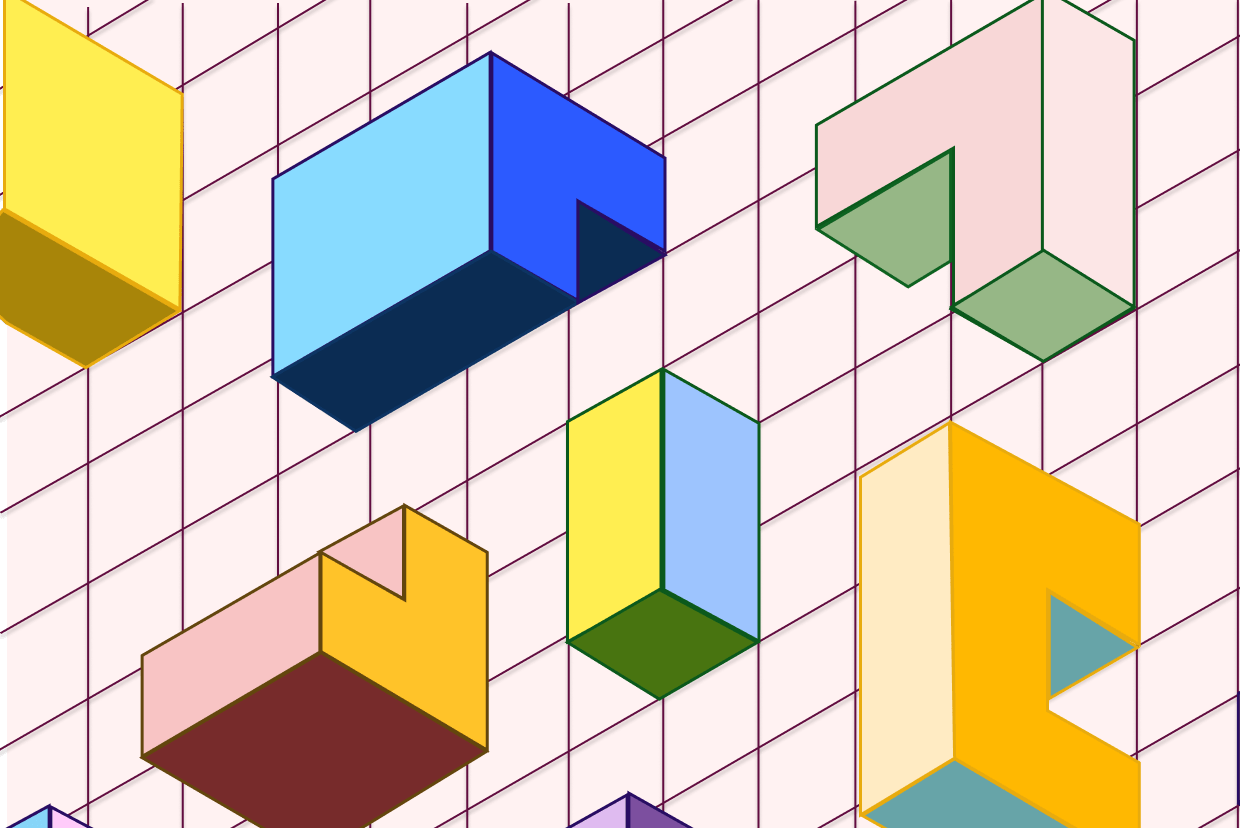We often talk about creating innovative digital products that bring maximum value to the user and are user-friendly at the same time.
User-friendliness becomes vital in every digital experience, but what is easy for most of us does not always apply to other groups of people. This is the case with a recent project of Despark and UNICEF Bulgaria, where the principles of internet accessibility are a key aspect of the project.
We met with Daria Kutevska, Frontend developer and Daniel Prashtilsky, Senior UX designer, who tell us about designing and developing ‘Help Me Thrive' - a platform specifically developed to cater to children with special needs.
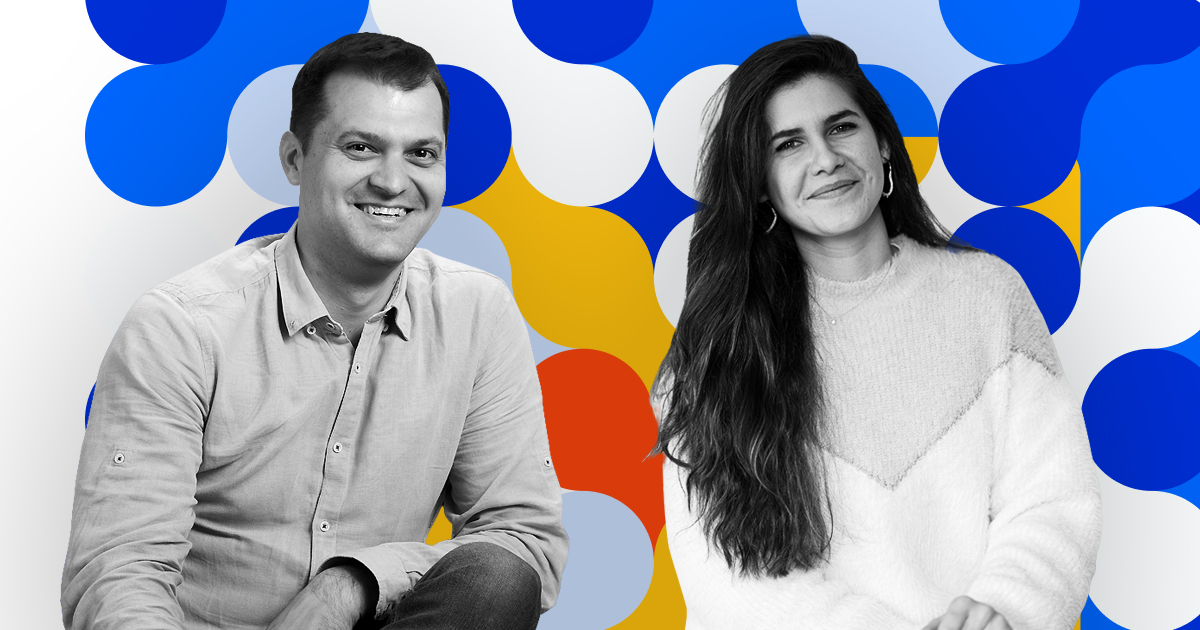
.png)
The ‘Help Me Thrive platform’
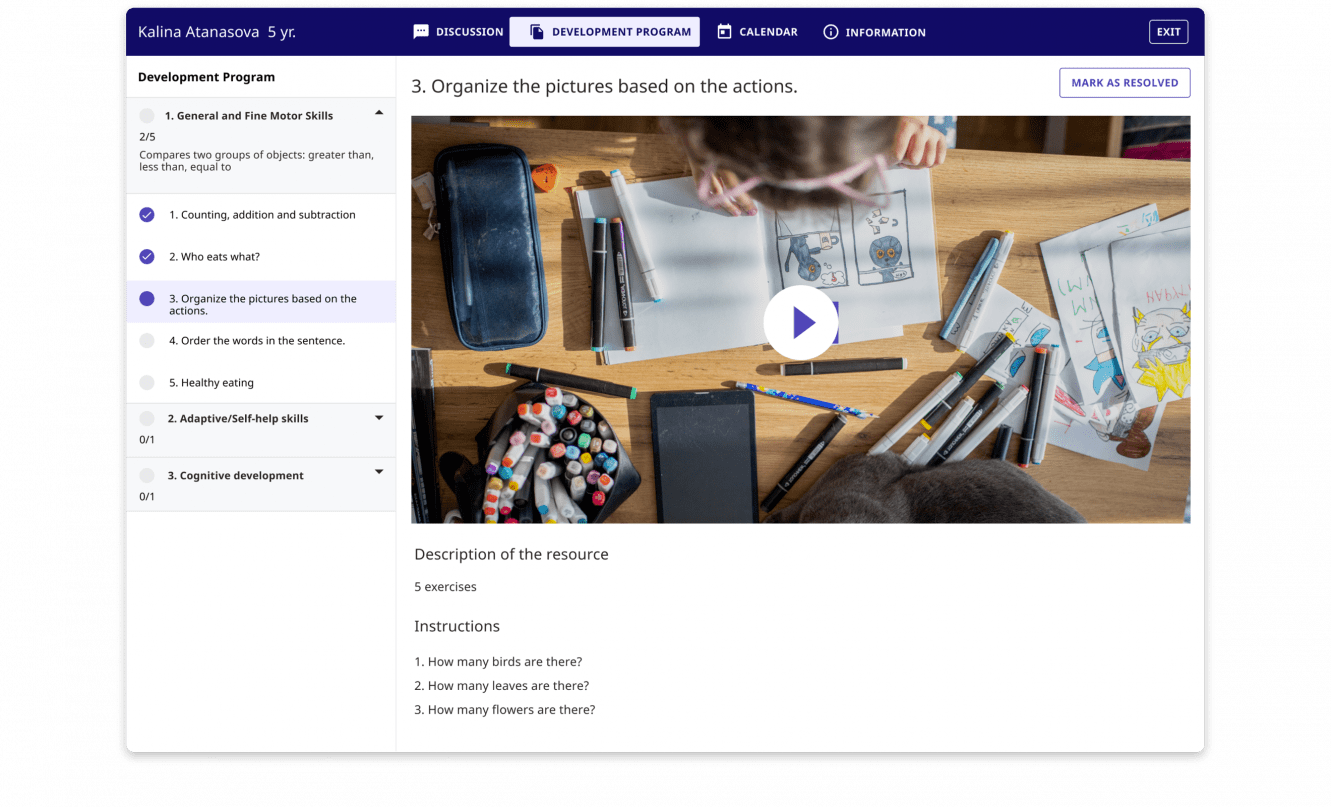
Check out the project case study
Equal access to information and services is a right of every person, including people with disabilities. Due to the limited number of resource teachers, not all children receive the training they need to reach their full potential, and during the pandemic, the connection between teacher and child significantly deteriorated. Moreover, the transition to online education is extremely difficult for children with special needs because many of the mass-adopted tools do not cover advanced internet accessibility standards.
And this is how the idea of UNICEF Bulgaria to build a single educational portal to help teachers, children and their parents was born. Due to the specific needs of its users, the 'Help Me Thrive' platform required higher levels of Internet accessibility - AA, based on the globally accepted W3C Accessibility Standards. Accessibility standards are guidelines and resources that help make the web more accessible to people with auditory, cognitive, neurological, physical, speech and visual disabilities.
From a design standpoint, greater contrast between the background and the text, as well as larger fonts are basic elements one must adhere to for accessibility.
“Good design is first and foremost functional”
There’s an overused cliche that accessibility standards get in the way of making a digital product aesthetically pleasing and, as a designer, Danny strongly disagrees with it.
“Aesthetics lie in the eye of the user/observer. In this project, function was our top priority, so from a design perspective, we deliberately excluded all distractions and aimed for consistency in forms, colours and proportions of elements and a minimalistic feel,” says Danny.
Moreover, most accessibility features are invisible to the standard user. For example, the alt text for images is invisible, and it is only available for screen readers, and the same thing is valid for heading tags (h1, h2, etc). Accessible design has nothing to do with being ugly and everything to do with being properly optimised for a wide range of users.
Getting users onboard from the start is crucial
During the preliminary analysis (also called Discovery phase) of the project, the Despark team met with large number of professionals and parents to understand their needs, expectations and user behaviours.
“For a 2-week period, we conducted interviews with over 20 specialists and parents to understand where their needs intertwine. The interviews gave us a very good perspective and lots of insights on how to best develop all functionalities. After the interviews, we described all the features, along with the specific problems they solve for users, and we adhered to these insights throughout the whole development process,” says Danny.
Danny says getting users onboard from the beginning is very beneficial, but is not possible for all of our clients, because the clients themselves are not in direct contact with them. When the single source of truth becomes the client, there are sometimes misalignments between what the user wants and what the client thinks he wants.
Testing with real users
The user input didn’t stop there, though. When the platform was ready to be tested, user feedback was even more important. Getting into the shoes of a person with disabilities is more challenging than one can assume for a standard user and had the risk of missing out on important accessibility details.
“There are many additional tools that people with special needs use on their devices to browse online. such as Speechlab 2.0 and Jaws. We acquired some of them, but we were not familiar with their setup and use, which is where Dilian’s help really made a difference,” adds Daria.
The visually impaired Dilian Manolov, currently a UNICEF young champion for behavioral and social change, tested the entire platform for over a week and gave feedback to the team. His input included design practices, as well as some semantics and functional elements that could be upgraded for better accessibility. For example, we learned that a ‘back’ button on a page is an element that slows down the navigation and is unnecessary, since most screen readers use the ‘back’ button from the browser.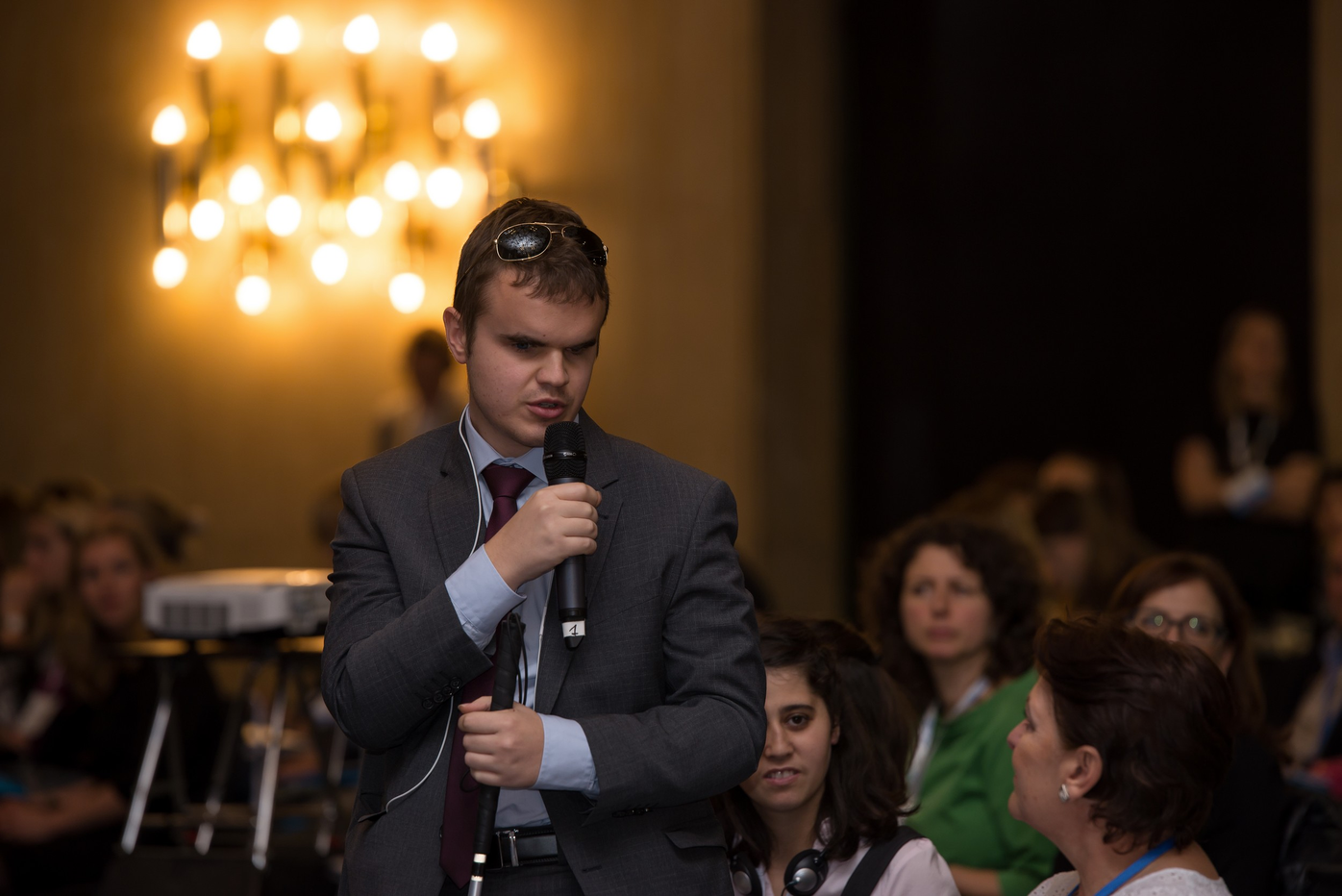
Image credit: Dilian Manolov. Source: Voices of Youth
Synergy between client and agency
All preliminary meetings and interviews would not have been possible without the commitment of UNICEF Bulgaria to the project. Danny and Daria share that from the very beginning, UNICEF had a clear vision for the project, specific requirements that must be met and a lot of additional resources that could be used.
"The responsiveness of UNICEF and the Regional Center 'Together We Can' was crucial to the project's success. They gave us a lot of information, contacted us with end users and completely trusted us with the construction of the platform, which led to great results,” adds Daria.
Working on projects that make a difference
Today, ‘Help Me Thrive’ works at full capacity and is used by over 350 specialists from all over Bulgaria. After the end of the project, Daria and Dani both shared their personal satisfaction that they had the opportunity to contribute with their professional skills. "The work of these people and their parents is very difficult, and the pandemic has taken them back a few steps. "You can't be indifferent when you understand the difficulties they face," says Danny.
"One of the values of the company, in which we all strongly believe, is to always be empathetic in our work. That's why I think 'Help Me Thrive' fits very well with what we are as a team and what we want to do in the future. " - Daria
Pay it forward
Our journey to more accessible digital products doesn’t stop there. We are passionate about human-centric design and we are looking for partners who share our belief. So if you have an idea waiting to be brought to life, get in touch with us. With over a decade of experience, we’re here to give people with great ideas a helping hand so that, together, we can change our world for the better.


